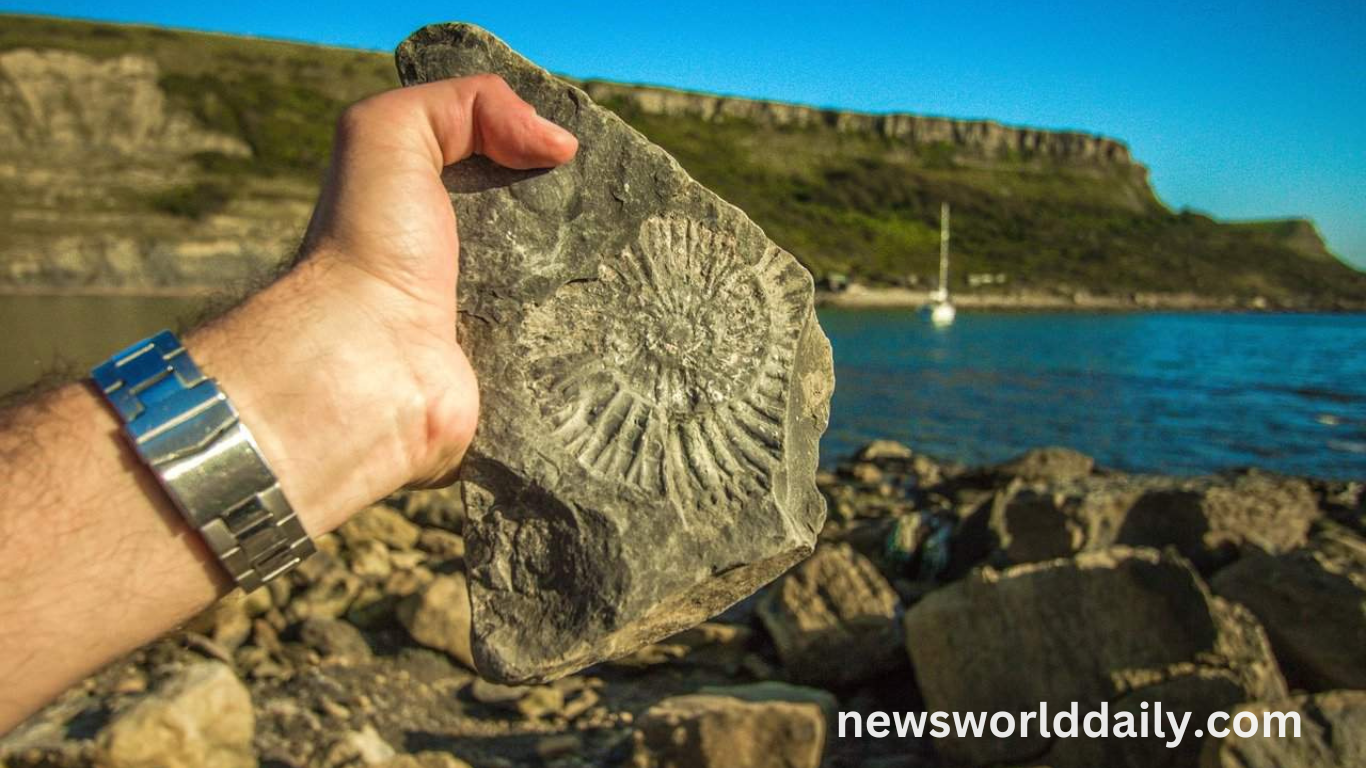Fossils provide essential insights into life forms that existed millions of years ago, offering clues about ancient ecosystems and evolution. However, these valuable remnants are typically found in sedimentary rocks. Understanding why fossils are exclusively associated with sedimentary formations requires a closer look at the processes involved in rock formation and fossilization.
The Nature of Sedimentary Rocks
Sedimentary rocks form from the accumulation and compression of sediments over time, including minerals, organic materials, and particles from weathered rocks. This process happens in environments like rivers, lakes, and oceans, where layers of materials settle and gradually harden. The key feature of sedimentary rocks is that they are laid down in layers, often preserving organisms or traces of organisms, known as fossils, within these layers.
Fossilization and Sediment Deposition
Fossilization occurs when organisms are buried quickly by layers of sediment. The rapid burial protects the organism from decay, scavengers, and environmental factors like wind and rain. Over time, more layers of sediment accumulate on top of the organism, gradually compressing the remains. These layers create an environment ideal for preserving the remains as fossils, as the minerals in the surrounding sediments can infiltrate the organism’s tissues, replacing organic material with more durable substances, such as minerals or silica.
Read More : Supermassive Black Hole Heading Towards The Milky Way Galaxy
Lack of Fossils in Igneous and Metamorphic Rocks
In contrast to sedimentary rocks, igneous and metamorphic rocks form through different processes. Igneous rocks result from the cooling and solidification of molten magma or lava. During this high-temperature process, any organisms or organic materials present would be destroyed. Similarly, metamorphic rocks form when existing rocks are subjected to extreme pressure and temperature. These conditions can alter the rock’s structure and composition, often destroying any fossils within.
Sedimentary Rocks: Ideal Conditions for Fossil Preservation
The primary reason fossils are predominantly found in sedimentary rocks is that these rocks form under conditions conducive to fossil preservation. The slow accumulation of sediments, combined with relatively low temperatures and pressures, ensures that organisms can be encased in rock layers, preserving their shape and structure for millions of years. This delicate preservation allows for the study of past life forms, providing invaluable evidence of prehistoric life.
Frequently Asked Questions
What are fossils?
Fossils are the preserved remains or traces of ancient organisms, such as plants, animals, or microbes.
Why are fossils mainly found in sedimentary rocks?
Sedimentary rocks form under conditions that allow for the preservation of organisms, making them ideal for fossilization.
What types of fossils are found in sedimentary rocks?
Body fossils, trace fossils, and chemical fossils are all commonly found in sedimentary rock layers.
How do fossils form?
Fossils form when organisms are rapidly buried by sediment, protecting them from decay and allowing mineralization.
Can fossils be found in igneous or metamorphic rocks?
Fossils are rarely found in igneous or metamorphic rocks due to the high heat and pressure that destroys them.
How long does it take for a fossil to form?
Fossilization can take thousands to millions of years, depending on environmental factors and the type of organism.
What are trace fossils?
Trace fossils are indirect evidence of ancient organisms, such as footprints, nests, and burrows, rather than preserved remains.
Can fossils tell us about prehistoric life?
Yes, fossils provide valuable information about past ecosystems, evolutionary processes, and how ancient organisms interacted with their environments.
Conclusion
Fossils are primarily preserved in sedimentary rocks due to the conditions that promote their formation and protection. These rocks provide the right environment for organisms to be buried and mineralized, allowing their remains or traces to be preserved for millions of years. Fossils found in sedimentary layers offer an invaluable glimpse into ancient life, helping scientists understand the history of our planet and its diverse organisms.









